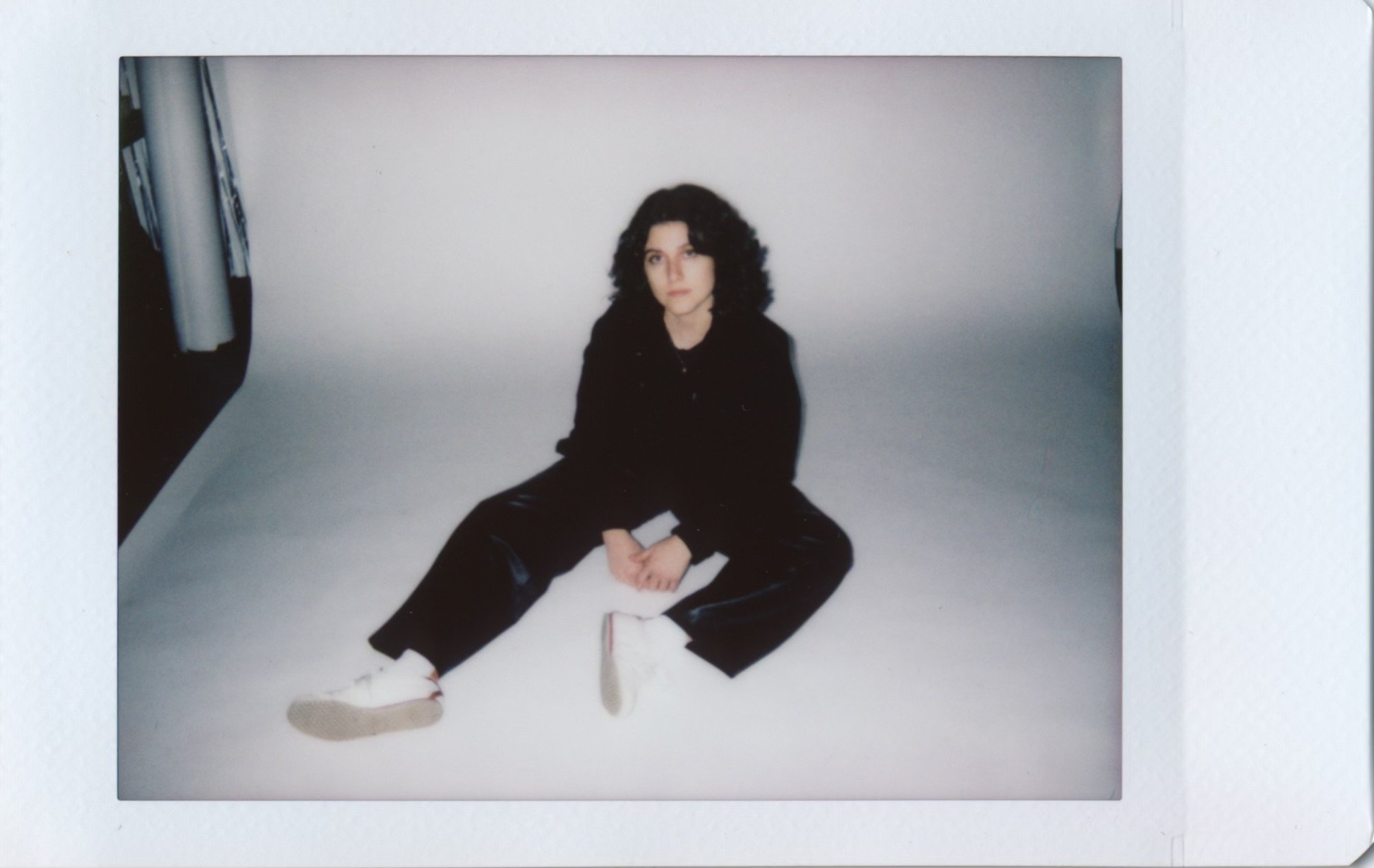Bio
Meka Tome (b. 1999) is an interdisciplinary artist based in Los Angeles, CA. Her practice bridges art and science to explore the intricacies of perception, memory, and preservation in a world shaped by impermanence. Informed by natural and social sciences, Tome investigates how perception is constructed through the interplay of cognitive processes and environmental stimuli, positioning photography as both an archive and an active force in shaping memory.
Tome holds a BFA in Sculpture & New Genres from Otis College of Art and Design and will begin her MFA studies in Glass at the Rhode Island School of Design this fall. Her work has been exhibited across Los Angeles and featured in publications focused on the intersection of science and contemporary art. She has also collaborated on several ecologically focused projects with art-science organizations including Metabolic Studio and Forecast Foundation.
Her practice is both project-based and process-driven, with each body of work emerging in response to specific questions and ongoing research. Tome’s work centers analog photographic processes and collaborations with organic matter, light, and water. Past projects have included chlorophyll printing on leaves and cyanotypes shaped by the hydrologic cycle, producing work that reflects nature’s agency and the ephemeral quality of existence, as well as a critical engagement with the medium of photography.
Artist Statement
In an image-driven world, I am interested in challenging our passive relationship with photography by shifting the focus away from image content, toward the indexical properties inherent in the process of creation.
I am curious about the ways our seemingly harmless and fleeting encounters with images can physiologically alter us over time. I am also fascinated by the subtle ways photographic processes can mirror biological systems—how light, chemical reactions, and natural cycles become collaborators in creating meaning. Through a research-based practice that values experimentation and unpredictability, I seek to disrupt the immediacy of a photograph and distill photography to its core essence: the act of witnessing light.
Photographs are living records of interactions between matter, time, and intention. By foregrounding material changes of transformation, decay, and growth, I hope to invite viewers into a more active and embodied relationship with images—one that questions the role of preservation in how we have come to understand photography, and recognizes both the generative potential and the fallibility of the medium.










